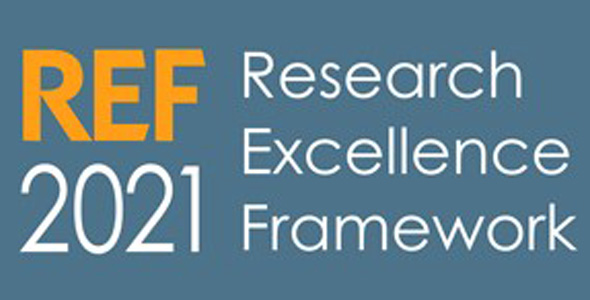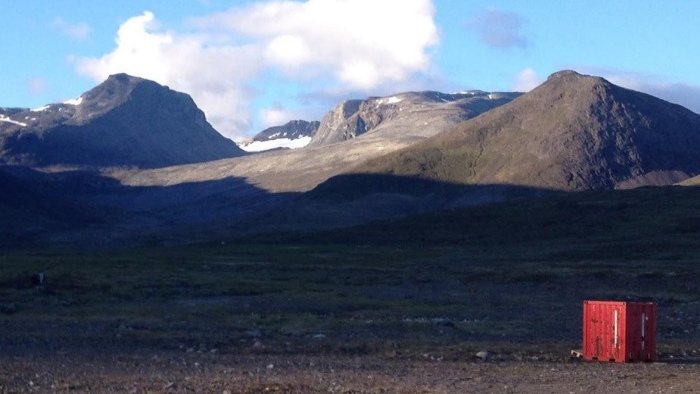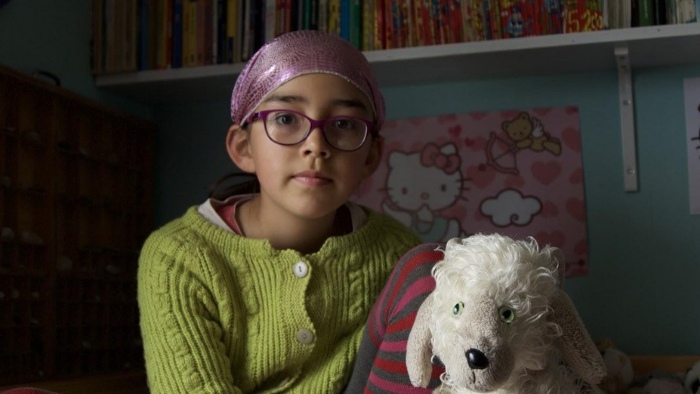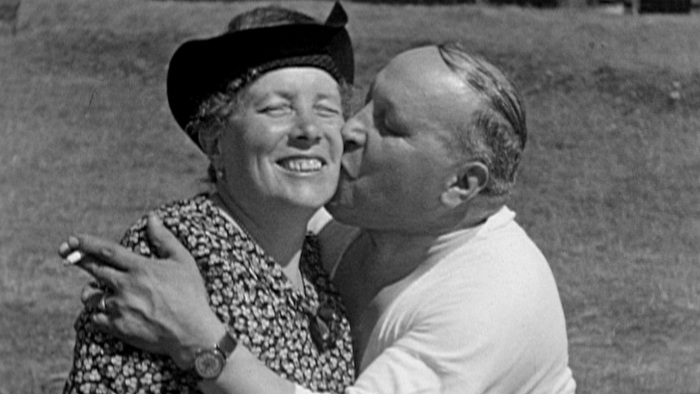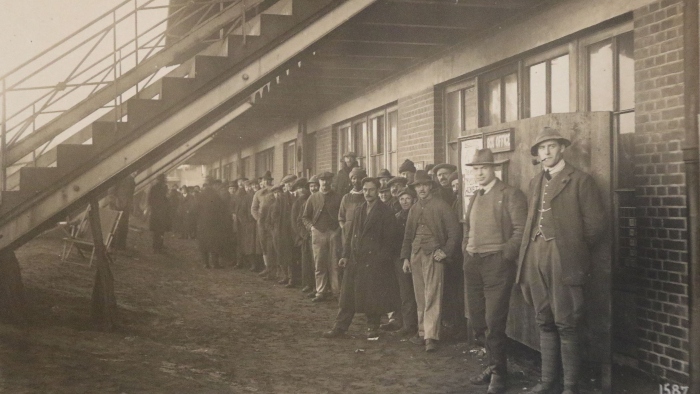Cultural taboos
The work highlighted the potential impact of cultural taboos in Greenland, where major disagreements are avoided rather than confronted, and I saw evidence that this had resulted in a democratic vacuum, and widespread anxiety and depression.
The film documented the failure of government stakeholder consultation in developing an inclusive and informed process which caused mistrust and suspicion of underlying agendas, and it highlighted the vulnerability of a community with no resources and little scientific literacy, in dealing with the potential risks of a major planned mining operation.
Giving a voice to the community
The film played an important role in articulating and bringing to attention the concerns of people living in the Kvanefjeld region of Greenland, and has been exhibited on permanent display in the local museum
A local resident in Narsaq, who later became a member of the Greenland Parliament wrote, “[This film] has been incredibly important in bringing the potentially disastrous uranium mining at Kvanefjeld to public attention, and it has highlighted that the government has not included the local population in the democratic process.”
A former Minister for Industry and Mineral Resources in Greenland also commented,
“I showed the film to senior members of my party last year. We felt that the film was very important in terms of showing the problems that the Kuannersuit mine poses in Greenland right now, and the lack of a democratic conversation we feel is taking place in our society.”
Statements in the documentary such as “When we disagree, we don’t discuss that subject” increased the awareness of how cultural taboos and silencing of issues of major disagreements had serious ramifications for the democratic system.
A local resident and anti-uranium mining activist, who later became a government minister wrote, “[Autogena’s film] enabled us to become more aware [..] that the right to speak is something we, as citizens in this country, will need to work on if we are to develop our country as we would like. [..] I am now working to make citizens more aware that citizen involvement should be something we take for granted, and not a topic to be fought for.”
A local sheep farmer described how the work gave her a voice. “It has been difficult to express our feelings about the mine, because for many years our concerns were not listened to. I feel that Lise’s film gave me a voice that I didn’t have before."
Stimulating public debate
On the suggestion of a local resident in Narsaq, a public discussion about the film and the questions it raised, took place at the University of Greenland.
The attendees included six members of Greenland’s parliament, the prime minister’s personal secretary, the head of the opposition party, the Minister for Mineral Resources, representatives from government agencies, a mining executive, members of the public, academics, anti-mining activists and the heads of the Human Rights Council and the Red Cross.
In my presentation I highlighted the questions and issues identified by the research, and questioned the process of inclusive decision making and stakeholder engagement in Greenland.
The Environmental Agency for Mineral Resource Activities (EAMRA) official responsible for community engagement later commented, “[The event] strengthened my understanding that we must develop our citizen involvement in Greenland. [It] asked many questions [..] that have not yet been properly addressed, either by the government, research-wise or by a wider population group.”
